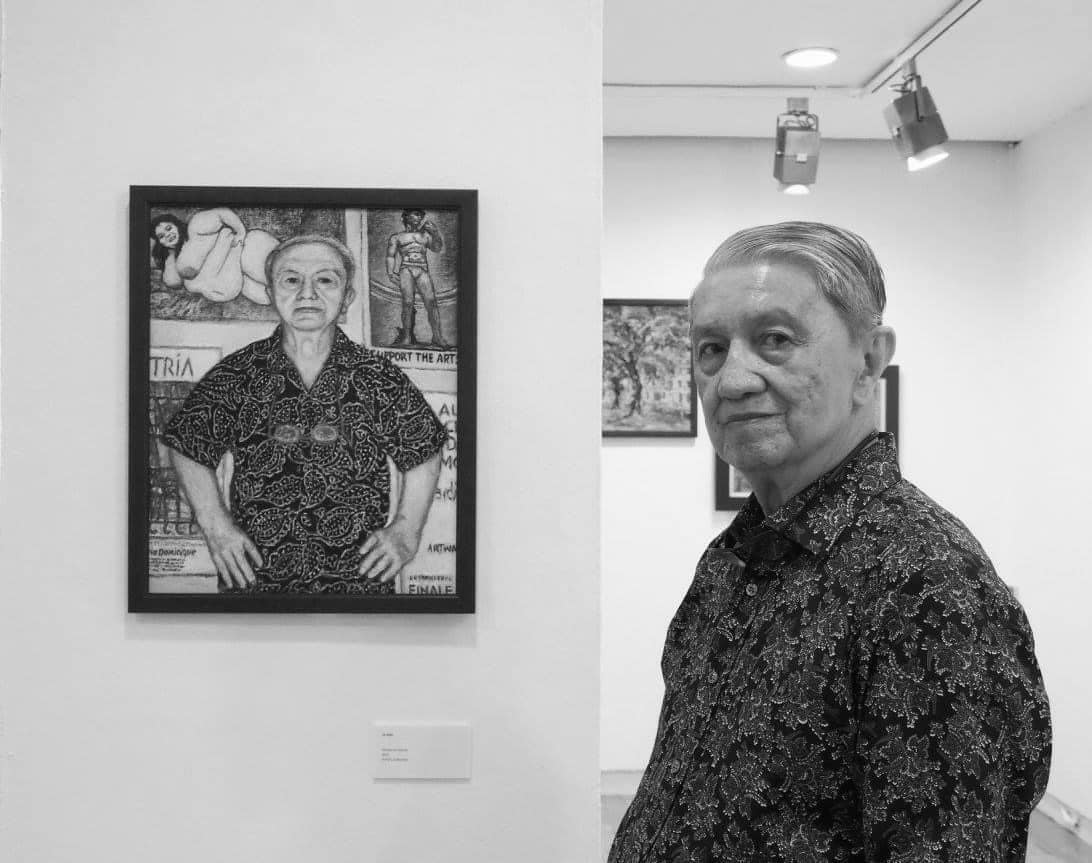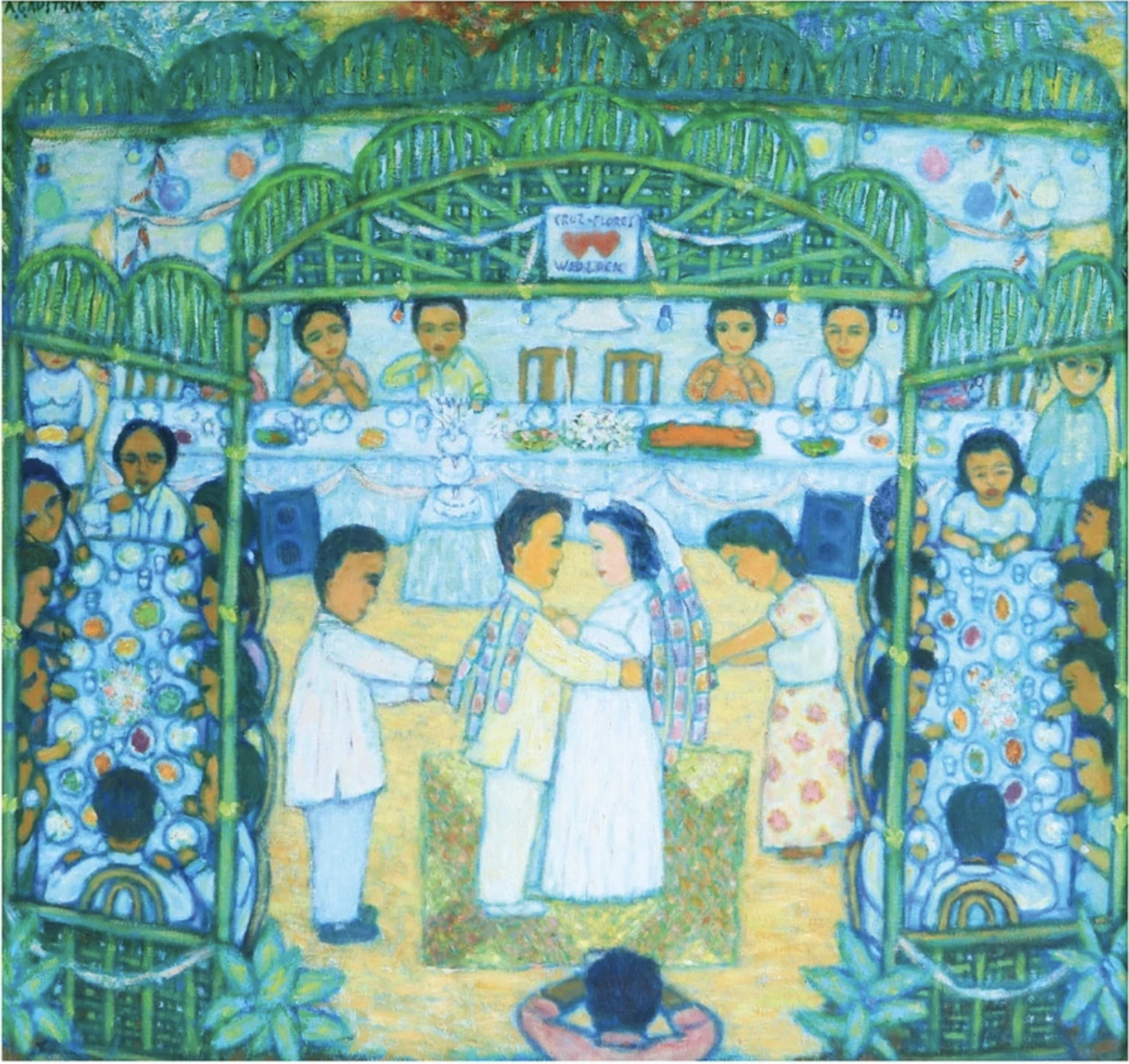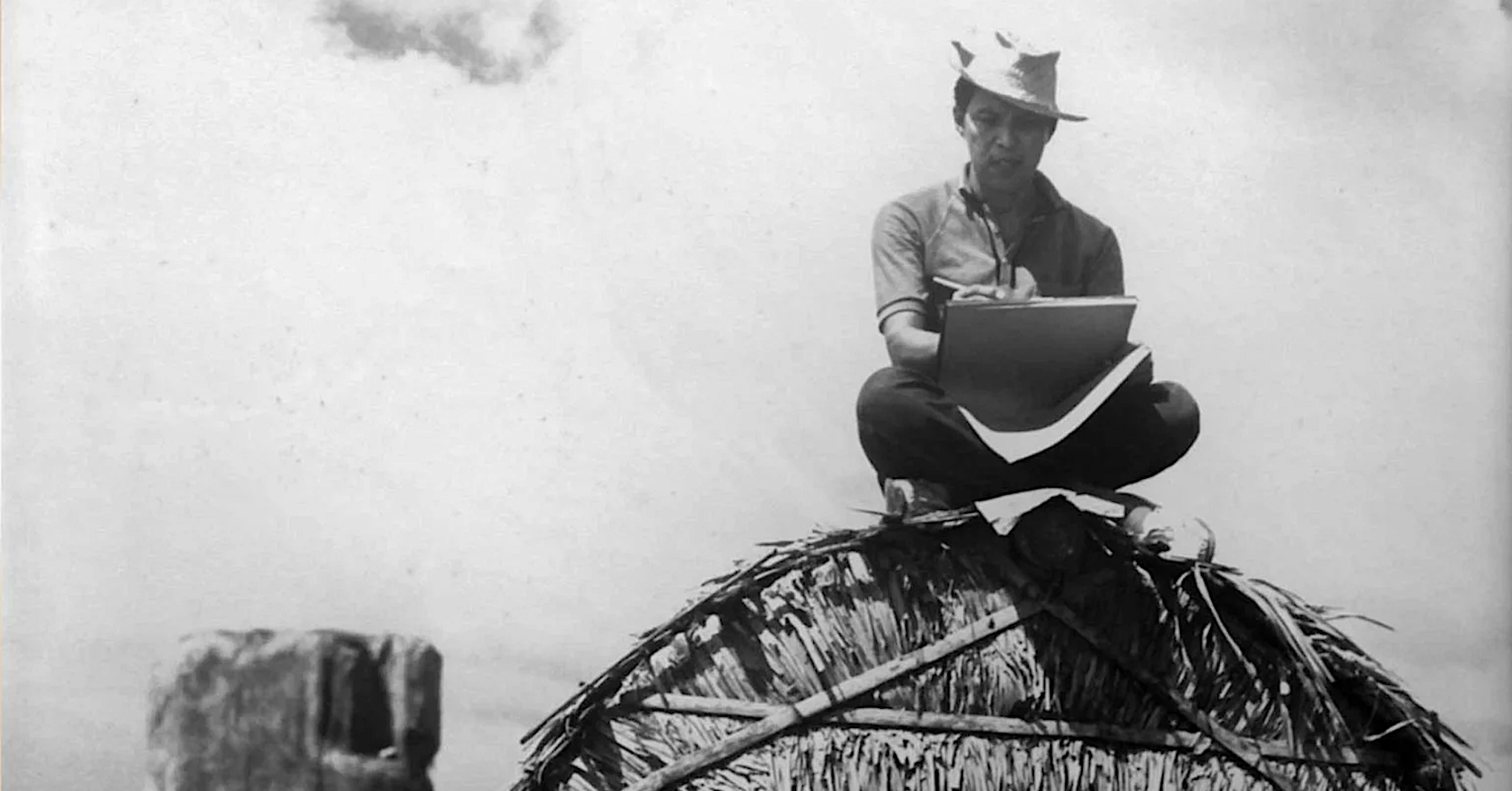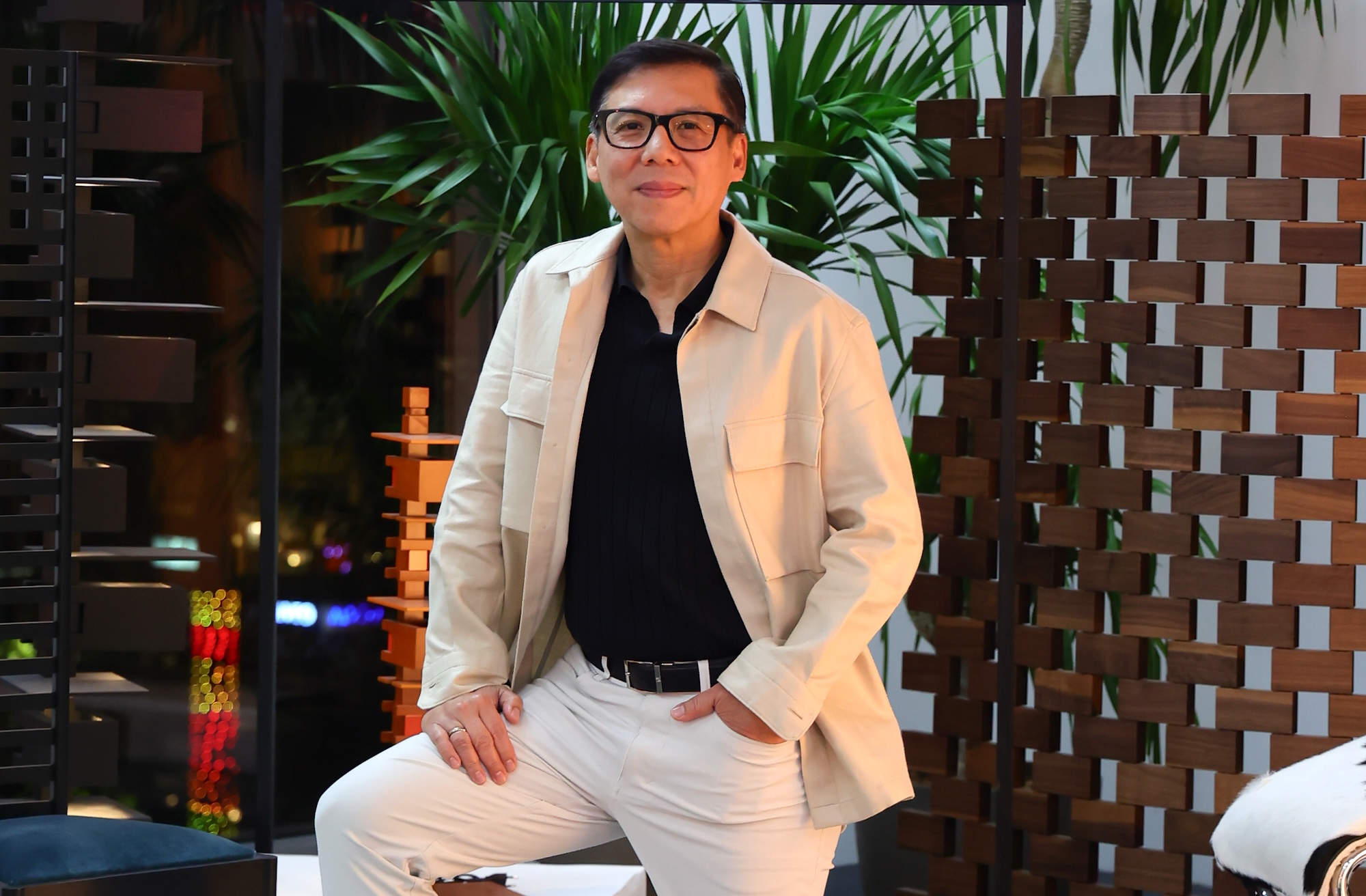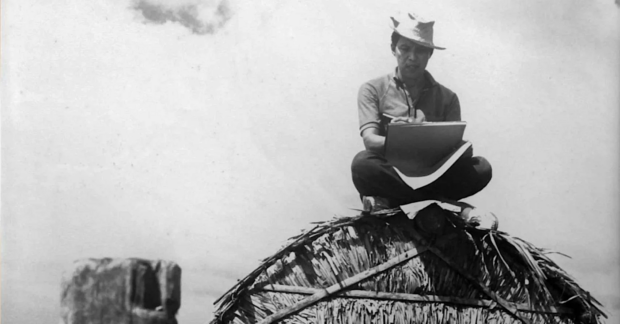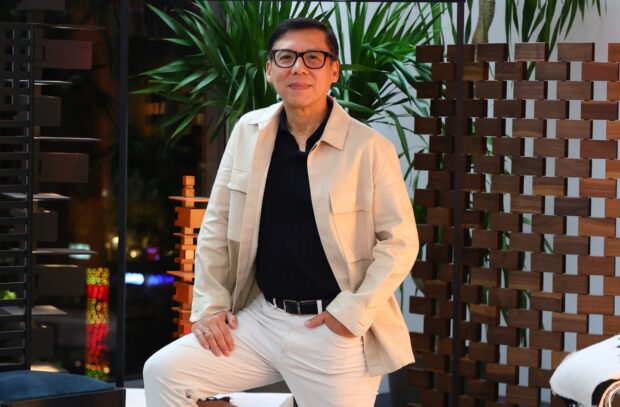The Filipino Master of Modern and Contemporary Art passes on at 87 years old.
Antonio Austria, a Master in the world of Philippine art, left an indelible mark on the world with his profound and visionary creations. Born in 1936, Austria’s journey as an artist spanned decades, during which he captivated audiences with his unique style that captured the cultural pulse of the country. Austria passed on at 87 years old last June 27, 2023.
We remember the life of the exceptional painter, in tribute to his artistic contributions and the legacy that he has left on.
Early Life as an Artist
Antonio Austria was born in the American territory of Shanghai on May 5, 1936, to Pedro Austria and Lucila Gilbuena. In 1937 the the Sino-Japanese War broke out prompting the family to return to the Philippines with the infant Antonio. His parents hailed from San Pedro, Laguna, while his family heritage showed a proclivity for the realm of the arts. His great-grandfather was a renowned brass band conductor in Luzon, and was cited in Jose Rizal’s novel “Noli Me Tangere as the “El Vagabundo Cabo Mariano” or “The Wandering Cape”.
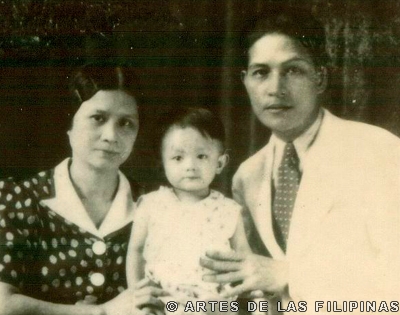
In 1956, the young Austria completed his Bachelor of Fine Arts degree at the University of Santo Tomas, then the pioneering school for art in the country. It was a pivotal period during which he refined his artistic skills under the guidance of renowned modernists such as Diosdado Lorenzo, Galo Ocampo, and Vicente Manansala. Following his graduation, Austria embarked on a professional journey as a textile designer at Universal Textile Mills for nearly a decade, as he created patterns in fashion as well as designs for various linens.
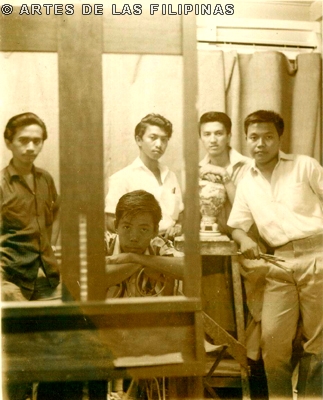
However, his passion for painting led him back to his alma mater, where he assumed the guiding role of an art instructor. Austria imparted his knowledge and nurtured the creative talents of the new generation of aspiring artists. After an impressive tenure of 27 years in teaching at the University of Sto. Tomas, Austria made the decision to transition into a full-time artist, marking a significant milestone in his career as an artist.
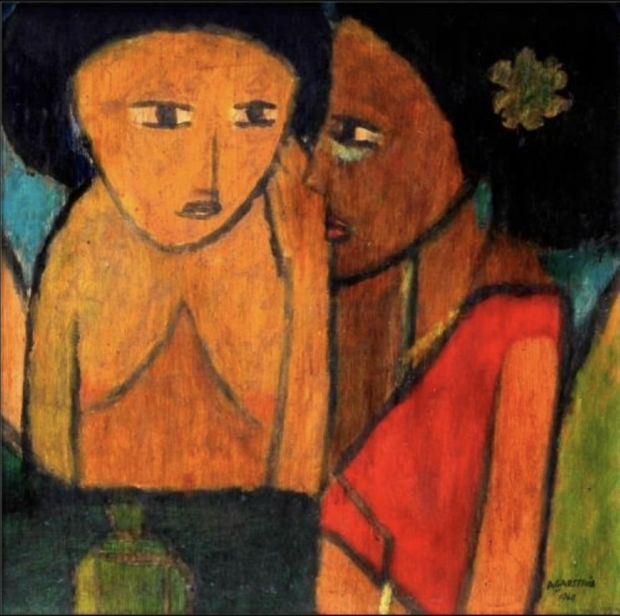
An early work shows unconventional framing and perspective. Antonio Austria, “Reflection” oil on wood 51 x 51 cm. 1964
A Thriving Career
The Art Association of the Philippines (AAP) has historically awarded artists that have paved the way for the cultural landscape of the county. Austria’s winning piece for the 1959 annual AAP competition, “Magpapalayok” (Clay Pot Vendor), opened doors that flourished into a series of exhibitions both locally and abroad. From 1962 to 1982, Austria’s paintings traveled to exhibitions in Australia, New York, and Japan, amidst multiple exhibitions in Manila.
In 1970, Austria was awarded the first-ever iteration of the prestigious Thirteen Artists Award by the Cultural Center of the Philippines (CCP). Other awards include the Outstanding Thomasian Alumni and the City of Manila award “Parangal Patnubay ng Sining at Kalinangan sa Larangan ng Pagpipinta” in 2002. While in 2016, Austria held a widely-recognized retrospective “6 Decades of A. G. Austria” at the CCP.
Austria continued to paint into the 2000s, creating profound figurative artworks that testify to both the complexity and the simplicity of Philippine life. His works were marked by vibrantly saturated colors and bold brushstrokes, which came together in a harmonious balance between abstraction and realism.
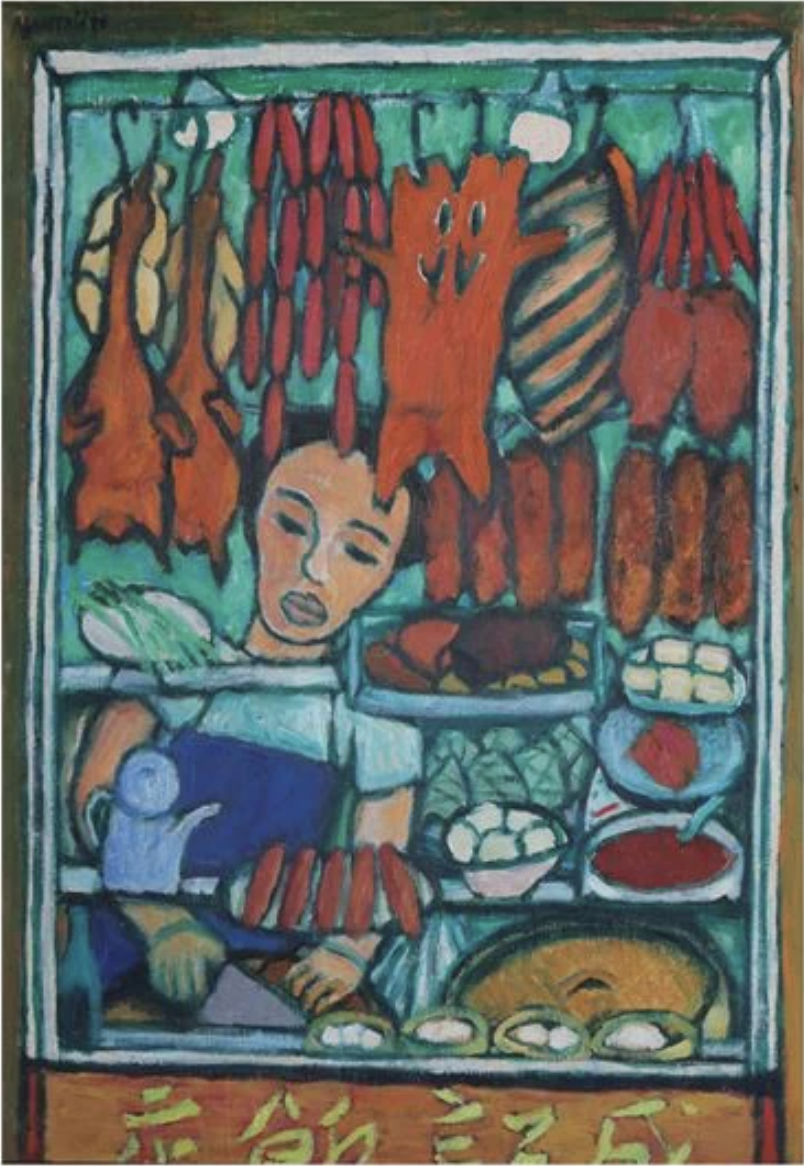
Antonio Austria, “Halo-Halo” oil on canvas, 53 x 41 cm. 1980
From bird’s eye depictions of everyday Philippine scenes to brilliant impressions of still-lifes, Austria’s works challenged the artistic conventions of his time. His expressions conveyed a depth that explored themes of cultural identity, heritage, and societal narratives of the Philippines — with subjects that often charmed with unpretentious figuration.
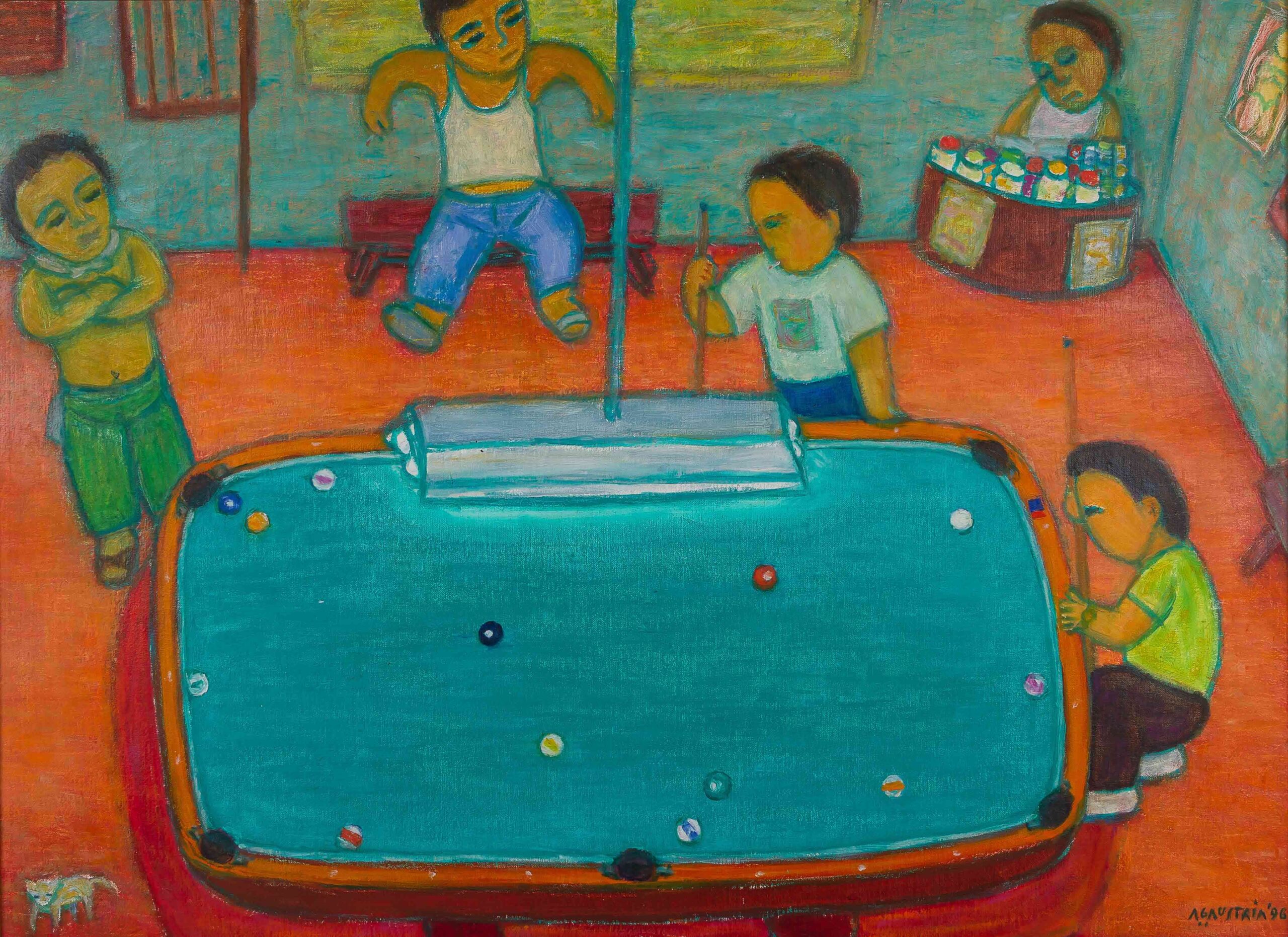
Recognized for his artistic contributions and participation in acclaimed exhibitions, his works that grace both museums and are favored on the walls of private collections, all testify to Austria’s enduring legacy.
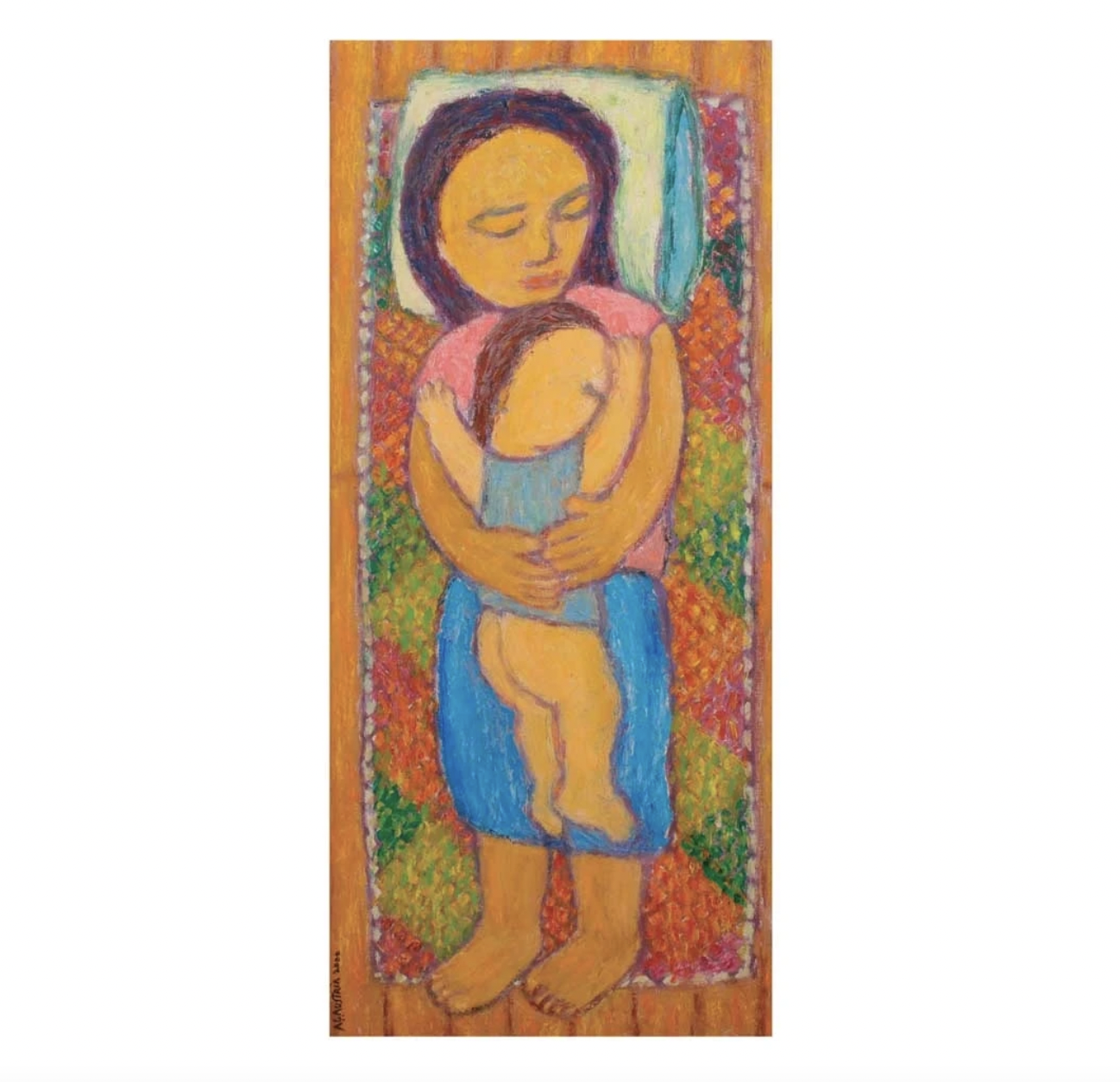
Many of the bric-a-brac subjects have been credited as references by Antonio Austria and his wife Tarcila’s penchant for collecting decorative items.
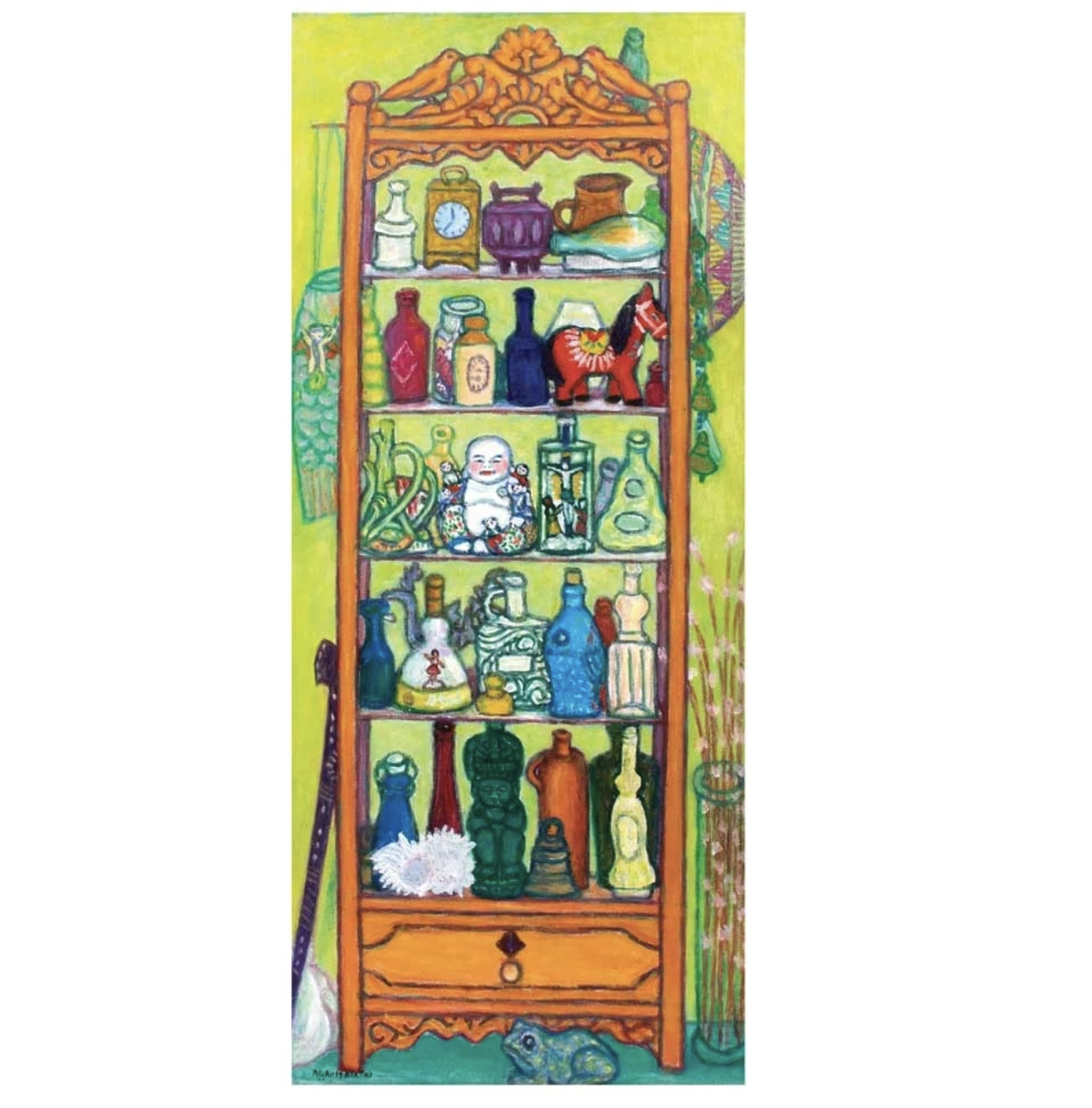
Remaining to honor Antonio Austria’s legacy is his wife, Tarcila Patacsil Estepa-Austria, and their two children, Paolo Caesar, and Thea Maria. He is remembered as a generous mentor and teacher, with a vision and spirit that continues to inspire in the realm of art and beyond.

